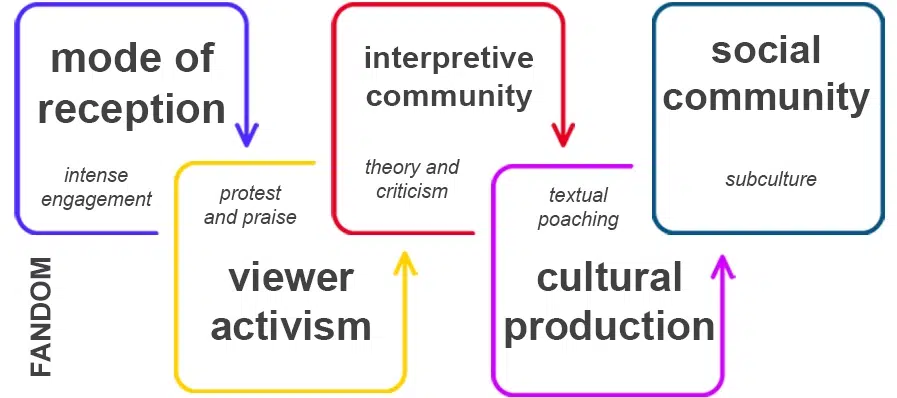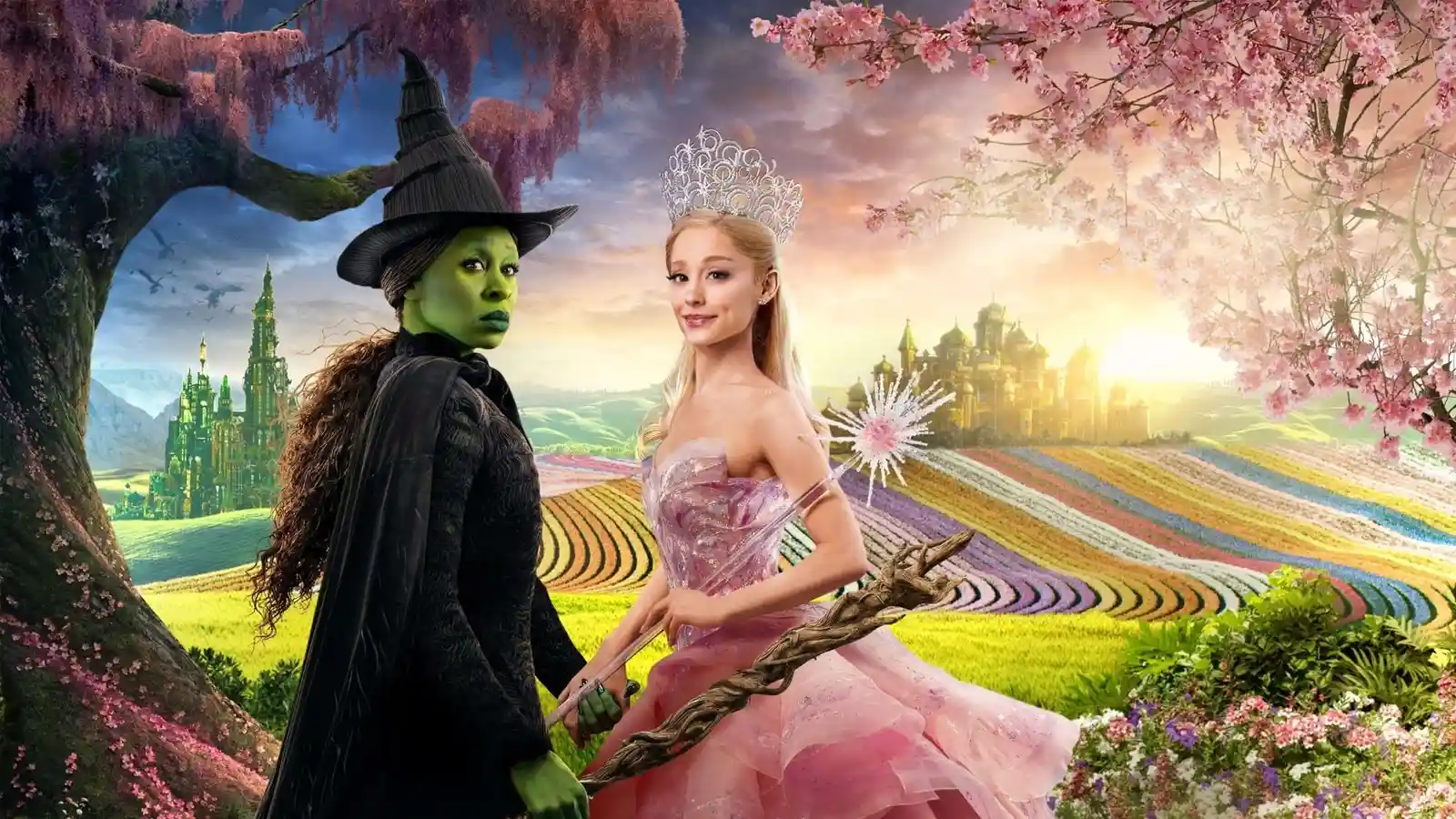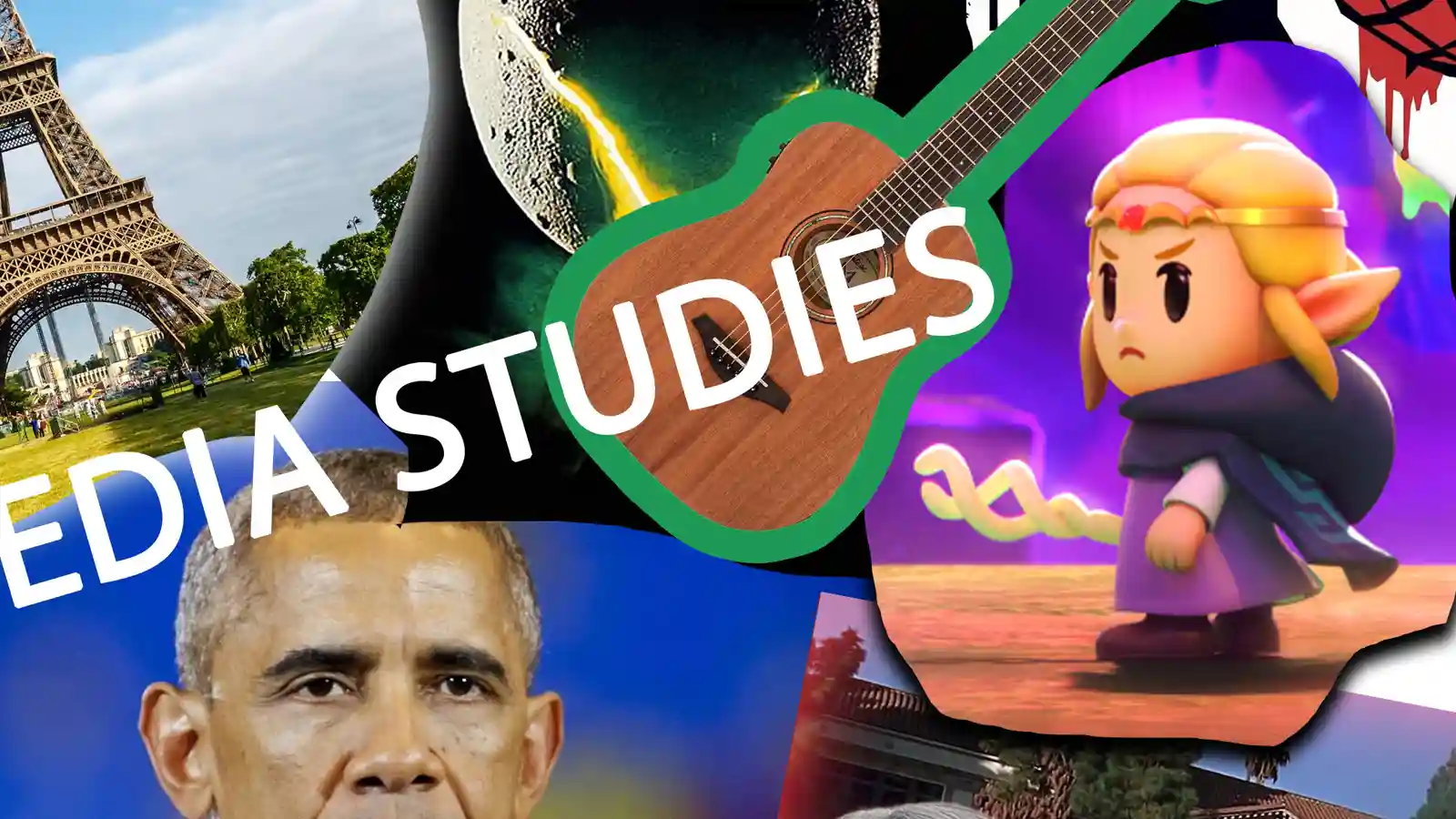Henry Jenkins and Fandoms
What is the difference between a consumer and a fan? Find out in our introduction to participatory culture.
Introduction
According to Henry Jenkins, fans are devoted followers of media texts who actively engage with the products to construct their own meanings and interpretations beyond the original message. While regular consumers see the particular text as a disposable commodity, fans will cosplay their favourite characters, write fan fiction, post their own theories online, and even form new subcultures based on the product.
You might really like a programme and binge-watch the entire series over one weekend, but then you move on to whatever else is trending. After you complete all the side quests, collect the powerups and defeat the final boss, you simply download another computer game and start a new adventure. It does not matter if your favourite playlist is on repeat, you are still passively consuming the music.
Reflecting on his own experiences with popular cultural forms, Henry Jenkins developed the concept of fandom to recognise this new interactive relationship between the producer and audience where fans participate in the media and create new content.
Contents
Personal Identity
Musicians have always made money from merchandise, such as selling the band’s latest album cover on a T-shirt or their logo printed on a tote bag. Diehard fans might visit their local tattoo parlour to get lyrics etched into their arms. YouTube and Twitch influencers also add income to their streams by selling merch which will resonate with their subscribers. And there are plenty of armchair football fans who purchase their team’s kit to show their support for the club.
Jenkins believed this sort of engagement with the media made you a fan.
According to the Uses and Gratifications theory, we want to engage with media texts because they can help us develop our personal identity. If you have read our guide to David Gauntlett, you will know his concept of constructed identity describes how media representations shape the way we behave. Fans are wearing these t-shirts, tops, hoodies, beanies, baseball caps because they want their clothes to reflect their personality. They also want to demonstrate they belong to a subculture.
Social Entities
Jenkins argued there were at least five distinct dimensions to these subcultures:
- its relationship to a particular mode of reception.
- its role in encouraging viewer activism.
- its function as an interpretive community.
- its particular traditions of cultural production.
- its status as an alternative social community.

Mode of Reception
For Jenkins, the difference between a casual viewer of a television series and a fan “lies in the intensity of their emotional and intellectual involvement”. Fans will even scrutinise teasers and trailers for clues to the next episode because they want to participate in the discussion with other fans.
The reader’s activity is no longer seen simply as the task of recovering the author’s meanings but also as reworking borrowed materials to fit them into the context of lived experience.
Henry Jenkins
Stuart Hall’s reception theory argued audiences decoded television programmes according to their own framework of knowledge. We also consume media texts with different levels of intensity. Jeremy Tunstall, for example, identified three ways we engage with media texts. A primary mode of consumption is when we are immersed in the programme. By contrast, ambient television playing in the background is a tertiary mode of consumption. Put simply, Jenkins said fans will “watch their favourite show with rapt attention”.
Viewer Activism
Fans are mostly powerless when it comes to plot development. However, they “claim the right to protest and protest loudly decisions contradicting their perception of what is desirable or appropriate”.
There is a petition on change.org to “remake Game of Thrones Season 8 with competent writers”. Almost two million people have asked for the series to be remade. You should read this interesting Wikipedia article on the “Firefly” fandom and their efforts to support the show.
It is important to note viewer activism can become incredibly bitter and cruel, but we are not going to provide a platform for those hostile voices.
Interpretive Community
Jenkins described fandom as an “institution of theory and criticism”. Fans develop their expertise over the material by analysing programmes frame by frame. Each episode is evaluated. Character and plot are discussed. Some assumptions are shared. Importantly, fans enjoy the differences in opinions.
The debates regarding canon epitomise fandom’s function as an interpretative community. Jenkins used the Star Trek franchise to illustrate how fans negotiate and construct meaning. To fulfil their need for completeness and continuity, fans created timelines to make sense of the science-fiction universe. He also referred to fans’ irritation when characters randomly disappeared from the show, such as Tasha Yar and Dr Beverley Crusher’s season one departures from “Star Trek: The Next Generation”.
Fans were eager to fill the gaps in the narrative. They also became frustrated by inconsistent characterisation.
For a more recent example of alternative interpretation, consider how JK Rowling’s positions the Malfoy family as the nasty antagonists in the Harry Potter franchise. Their black clothes are obvious signifiers of villainy. It should also be noted “mal” is the Latin word for bad. However, Lucius Malfoy is the only named parent who shows up to watch their child compete in quidditch. Does that fact make you reinterpret the character at all?
Cultural Production
All media texts, including television programmes, are “open to intervention and active appropriation”. Fans have always “borrowed materials” from popular culture to create their own content. Jenkins called this process textual poaching. Fan fiction and fan edits are obvious examples, but new digital technologies have made the original texts much more accessible.
There are plenty of walkthroughs for computer games uploaded to YouTube. These are useful if you are stuck on a particular level or if you are revising for your media studies exam. Memes are another good example of this process.
Fans are not passive consumers of the media who occupy a separate role to the producers. They interact with the media and participate in communities to discuss and celebrate their favourite texts. How else do you explain this image?

Alternative Social Community
As we have already mentioned, there are plenty of events which help fans come together to share their love for a particular media text. Fandoms thrive because of this social interaction. Fans are able to connect and collaborate across traditional geographic and generational boundaries, so a common identity is created.
Bibliography
Jenkins, Henry (1992) Textual Poachers.
Jenkins, Henry (2006) Convergence Culture.
Stay Tuned
Curious about how audiences respond to media texts? The following articles explore how we interact and interpret the media.







